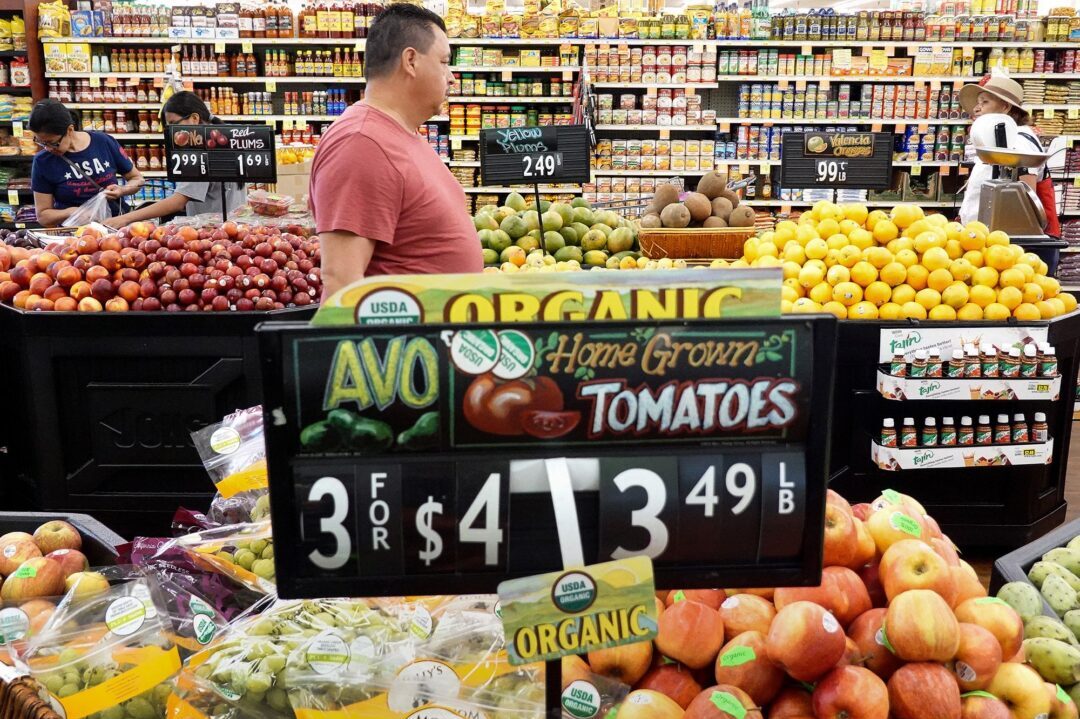Inflation hit a bump in October after slowing for 6 straight months
(CNN) — The annual rate of inflation moved higher last month for the first time since March, as expected — but economists say the underlying trend remains favorable for another round of interest rate cuts.
Consumer prices rose 0.2% last month and were up 2.6% from the year before, according to the latest Consumer Price Index data released Wednesday by the Bureau of Labor Statistics.
Housing-related inflation accounted for half of the monthly rise, and energy prices were flat after dragging down the overall index for four of the past six months. The Consumer Price Index measures price changes across commonly purchased goods and services.
Inflation has eased considerably since peaking at 9.1% in June 2022 and has steadily cooled.
Still, October’s increase was to be expected, due to unfavorable comparisons from a year ago and stubborn housing-related inflation. Consensus estimates were for a 0.2% monthly increase and a 2.6% annual increase in the overall CPI, according to FactSet.
“The last quarter of 2023 was really great for (progress on) inflation; and in order for the year over year rate to basically fall, you need to have something that’s even better than that,” Stephen Juneau, a Bank of America economist, told CNN in an interview Wednesday. “The bigger story on inflation is that, yes, prices are still going up, but the rate at which they’re going up has declined significantly.”
While it appeared that progress on reining in price hikes backtracked a bit, Wednesday’s report also underscored that the last mile of taming inflation will be a slog.
Excluding food and energy, two categories that can be quite volatile, core CPI rose 0.3% for the month and 3.3% from the year before, the same increases seen in September.
Some of the biggest price increases from September were seen in used cars (up 2.7%), air fares (up 3.2%) and electricity (up 1.2%), according to the BLS report. Some economists on Wednesday said the jump in used car prices could be a reflection of hurricane-related purchases.
A potential ‘inflation shock’ in the wings
Although the broader US economy survived the sharpest inflation run-up seen in a generation, Americans’ finances — and their sentiment — were far from unscathed.
Inflation has been global in nature and caused by a confluence of events — pandemic-era upheaval in demand trends and supply chains, Russia’s invasion of Ukraine, fiscal stimulus from both the Trump and Biden administrations — but US voters who were worn down by high prices made their feelings known at the ballot box.
They opted to elect former President Donald Trump, who promised on the campaign trail to attack high prices by shaking things up. Economists have frequently sounded the alarm that not only are broad-based price declines are unrealistic and extremely dangerous but also that Trump’s other proposals could actually cause inflation to reacclerate.
“If [Trump] carries through on what he said during his campaign, there will be an inflation shock significantly greater than the one the country suffered in 2021,” economist Larry Summers said Wednesday in an interview with Kate Bolduan on CNN News Central.
Trump’s floated plans to hike tariffs and conduct mass deportations remain some of the biggest near-term risks to inflation, alongside volatility in the Middle East.
Despite those risks, the disinflation picture remains fairly positive for now.
With underlying inflation holding the line and not showing an acceleration, that leaves the Federal Reserve on track to cut rates further in December, Lindsay Rosner, head of multi-sector fixed income investing at Goldman Sachs Asset Management, said in a statement.
The markets appeared to agree: Projections for a quarter-point cut jolted higher Wednesday to 82% from 58.7%, according to the CME FedWatch Tool.
While the central bank has started to loosen monetary policy from its restrictive vice grip of the past two and a half years, Fed Chair Jerome Powell last week noted that “the job’s not done on inflation.”
